Table of Contents
Introduction
Back in the early 2010s, if one was presented with the question “what is best budget DAP?”, you’d more likely than not be presented with either or both of two answers: a Rockbox’d Sansa Clip+, or a Colorfly C4.
Yes, Colorfly is one of the old guards of the portable audio game, with roots dating back to the ancient year of 2007. In fact, a quick cursory search on Google led me to a thread asking if the Colofly C4 was still relevant DAP in… 2013.
What most people don’t know is that Colorfly isn’t actually the original name of the company that made the C4; the C4 started life as the Colorful Colorfly C4, but I guess with most of the internet subsequently referring to it as the “Colorfly C4” as shorthand they’ve eventually pivoted to renaming the brand as “Colorfly” instead.
Colorfly is one of those brands that peaked with their debut but started falling off hard thereafter; nobody really talks about the DAPs that released after the C4. When was the last time you’ve heard of the C4 Pro? Or the C10? C200? C3? U6? U8? Against giants like Astell&Kern or even “local” competition like FiiO, Colorfly eventually faded into obscurity and is now a fairly niche pick in today’s market.
Color me surprised (heh) when Colorfly announced their new product: an IEM! Colorfly’s first IEM is called the Quintet, a 4BA + 1DD hybrid retailing at a cool $900. A bold move to be aiming for the kilobuck market right at the get-go, that’s for sure.
So with introductions out of the way, let’s see if Colorfly has what it takes to survive in the IEM market today. And so IEF answers the question: how good is the Quintet actually?
Product page: https://shenzhenaudio.com/products/colorfly-quintet-earphone-1dd-4ba-hybrid-in-ear-monitors-iem
MSRP: $900
Driver configuration: 4BA + 1DD hybrid
This Quintet was kindly loaned by ShenZhenAudio.
Signature & Tonality
Not sure how to read graphs? Click here
The Quintet’s sound signature can be described as somewhat neutral to mildly V-shaped, though I’d personally err towards the latter.
There’s a little extra vocal presence going on in the midrange, a tasteful bass bump, some extra sparkly bits in the treble, though the treble extension is somewhat disappointing relative to everything else. In short, while there’s nothing wrong with the Quintet, I struggle to find what makes the Quintet good as well. It’s kind of a nothing IEM with a decently balanced tonality and its own minor colourations, but nothing that makes me want to listen more.
It’s not the most natural nor does it specialise in any particular type of instrument in its quirks; perhaps the better descriptor would be that the Quintet is an all-rounder that doesn’t even excel at being an all-arounder. An IEM that I’m not offended by, but wouldn’t pick up by my own choice.
In most cases I wouldn’t be writing about IEMs like these because… well, there’s nothing much to write about. But this is Colorfly, and my rose-tinted nostalgia glasses urges me to write something about these, at least as an encouragement for Colorfly to keep trying.
Tone grade: B-
For more information on the grading system, click here
Technicalities
Same deal here; the Quintet isn’t bad. In fact it’s arguably technically good, though even “good” isn’t enough for the jaded critics today.
There’s no sluggishness going on in the Quintet’s transients though I wouldn’t consider them particularly sharp in attack either; it’s resolves well but still missing a lot of crucial lower-level detail that’ll push it to the higher tiers, and imaging? Well if I’m not mentioning it, it’s just average.
All in all, the Quintet doesn’t do much to differentiate itself. Good, but needs to better.
Technical grade: B
For more information on the grading system, click here
Valuation
All these would’ve been amazing if the Quintet were priced at $100, with some leeway up to $200. Alas, the $900 price tag makes it such that it competes at $1,000, not $100. And so what would’ve been considered its strengths now become severe deficiencies.
No sugarcoating it, the Quintet is not competitive. With monsters like the ThieAudio tribrids and Moondrop’s various sub-grand IEMs coming in arguably better and cheaper, alongside big names like the Campfire Andromeda and Sony IER-M9 also roughly in the same price bracket, the Quintet really doesn’t have a place in the market. Another case of asking too much for far too little.
“Worth the price”? If you’re a Colorfly fanboy sure, but that’s also the case if you’re an anything-fanboy buying whatever they release. Under IEF metrics, you can definitely do better for cheaper.
Value Rating: N/A
For more information on the grading system, click here
Conclusion
Colorfly breaks into the IEM market for the first time, and they’ve probably bitten off more that they can chew.
The Quintet is a decent IEM with no huge shortfalls in tuning or technicalities, but the asking price of $900 is too much for what is delivered. Good, but good isn’t enough.
Grade: B-
Awarded grades are in reference to the Ranking List.
Support me on Patreon to get access to tentative ranks, the exclusive “Clubhouse” Discord server and/or access to the Premium Graph Comparison Tool! My usual thanks to all my current supporters and shoutouts to my big money boys:
“McMadface”
Timmy
Man Ho
Denis
Alexander
Tiffany
Jonathan

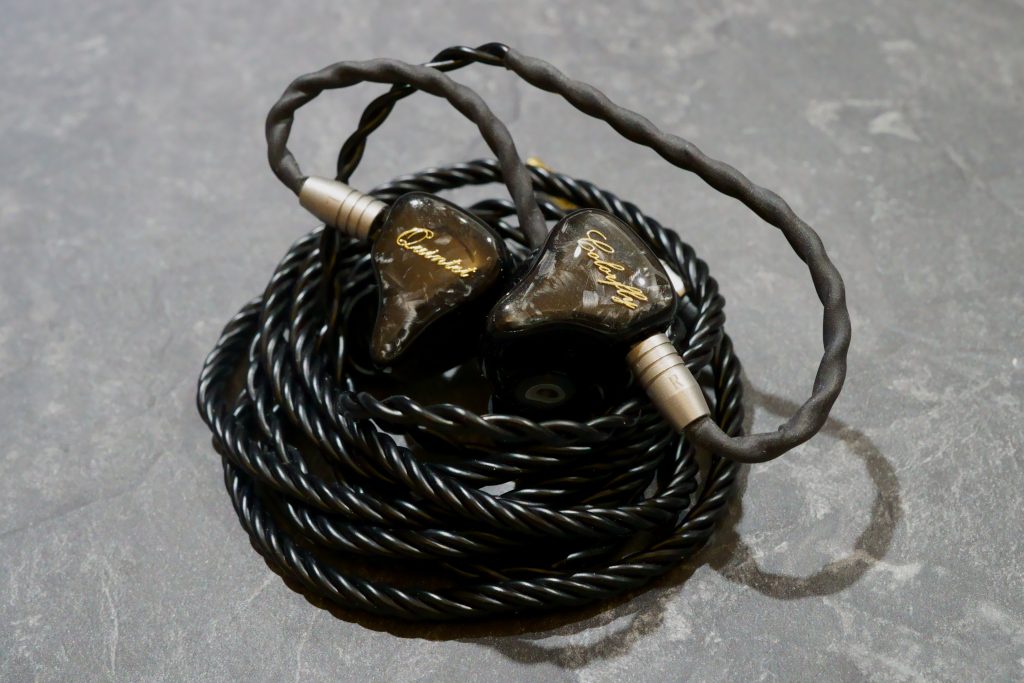
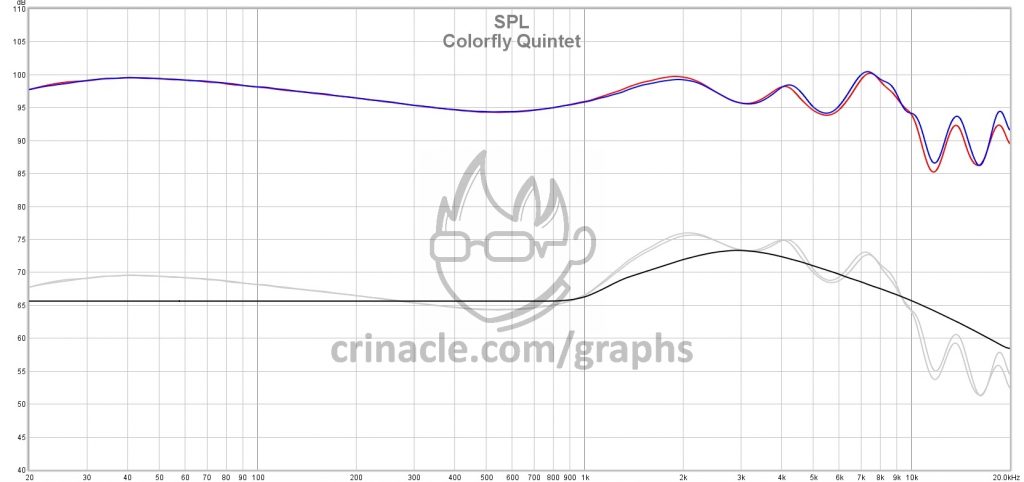
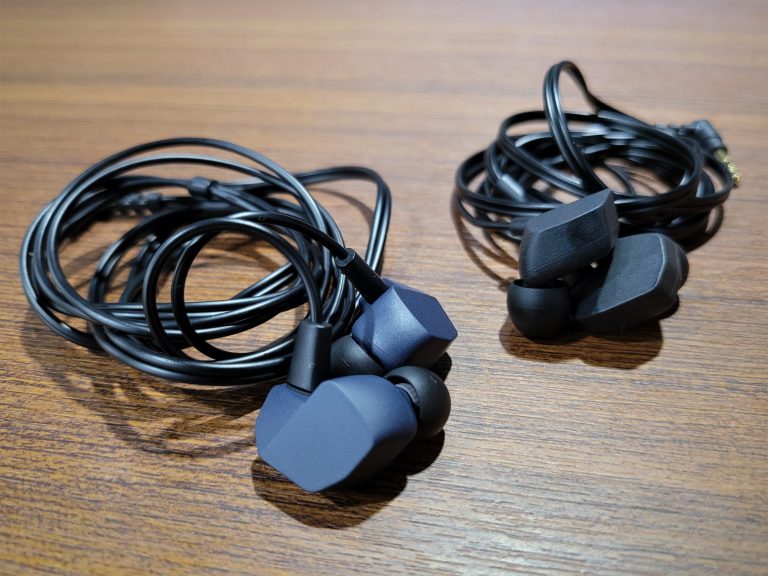
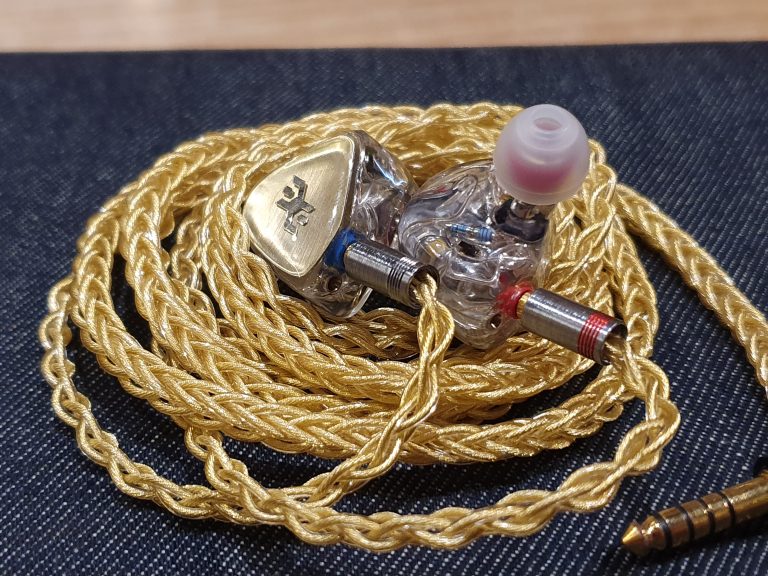

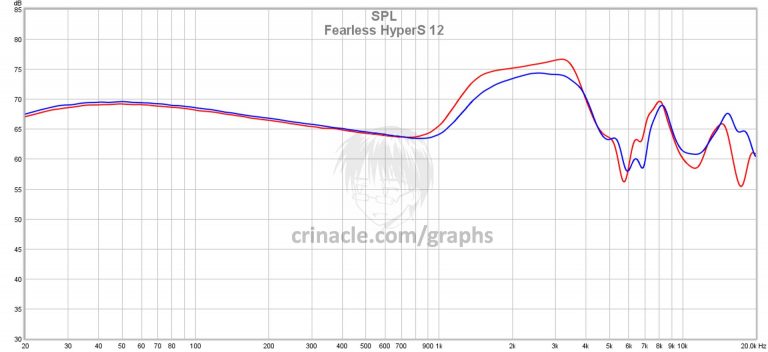



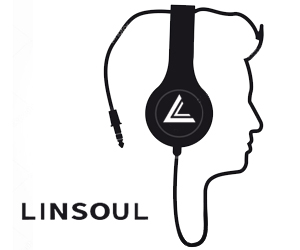
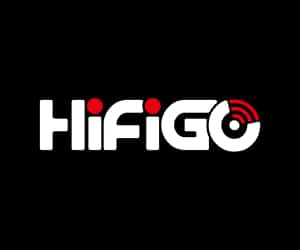
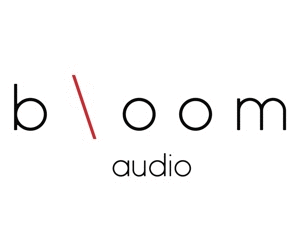
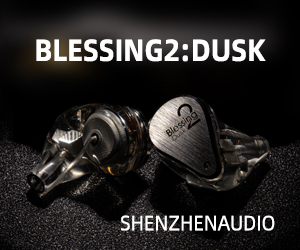
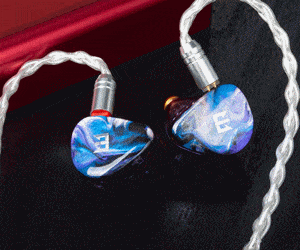

3 thoughts on “Colorfly Quintet (IEM) Review: The Return”
🙂 I still have my C3 working perfectly 🙂
It’s been a while since I read such critics. Always good to know IEF can be trusted.
Etymotic Evo when?? It’s been too long crin >:/